The project Lostarmour.info published a second report on the war in Yemen. This report covers Saudi-led coalition deliveries of armoured vehicles to the Southern Movement (also known called “southerners” in the text) and forces loyal to Yemeni President Abdrabbuh Mansour Hadi. (SOURCE)
SF provides its translation. Pics are taken from the original text.
The previous report can be found here: “Leclerc MBT: Yemen Testing Ground“
Chapter 1 – Oshkosh M-ATV from the UAE
The Oshkosh M-ATV (Mine Resistant Ambush Protected All-Terrain Vehicle) Standard Base (SXB) was the first and large-scale type of the Mine-Resistant Ambush Protected vehicles (MRAP) delivered to Yemeni allies by the Saudi-led coalition. The UAE and Saudi Arabia are supplying them only to their local allies. The Emirati Oshkosh equipped with anti-cumulative screens were deployed to the southern provinces and the province of Taiz. The vehicles without grids were sent only to Hadi’s supporters in the North of the country. In general, the UAE possesses about 800 Oshkosh vehicles and Saudi Arabia has almost 1900 vehicles.
Oshkosh vehicles were spotted for the first time among the southerners in the battle for Aden in the first half of July in 2015. The exact number is difficult to estimate. Considering the number 98 on the wing of one of the machines captured by the Houthis in the Mukeyras area, the first batch could possibly be more than one hundred vehicles. It is worth adding that the UAE military cannot be called stingy and greedy as they supply quality equipment to replenish for the losses by the Southern Movement continues to this day.
All the vehicles from the first batch, had semi makeshift turrets, that did not provide sufficient protection to the shooter from sniper’s bullets and mortar shrapnel. With the beginning of Operation Golden Spear (January 2017), Oshkosh vehicles equipped with turrets of the Frag Kit type started to appear, providing circular protection to the gunner. However, vehicles with makeshift turret can still be seen in the reports from Aden, therefore we believe that they were supplied with new equipment and not armour sets.
In contrast to the southerners, soldiers of the Armed Forces of the UAE are manoeuvring exclusively in vehicles armed with a remote weapon system Mini-Samson (RWS) from the Israeli defense technology company Rafael Advanced Defense Systems. One of these vehicles, lost on the road, was ambushed in Mavza. During the battle, one or two Emirati were killed (according to the Houthis, there were 12 killed) and several armoured vehicles were destroyed, dispatched to evacuate the wounded. Also, part of the advanced MRAPs with RWS went to the southerners, although they seldom appear in the losses data.
It’s extremely difficult to estimate the precise number of Oshkosh vehicles deployed by the UAE. About 200-300 of Oskosh vehicles fell into hands of the southerners, perhaps more. Presently, through videos and photos, at least 116 Oshkosh M-ATV vehicles were documented; although the real number of lost equipment will be greater as the Houthis from different provinces do not often release videos of their attacks and the southerners rarely film their losses.
Western-made hardware has one peculiarity – virtually all machines have the same colouring, and even the inscriptions of the southerners do not always help in the identification of the equipment. Among all the Emirati Oshkosh vehicles, only 2 vehicles from Taiz’s militia troops stood out.
The most famous of them is the black Oshkosh vehicle of Kataeb Hasm armed with a turret of an amphibious armoured personnel carrier BTR-80A. According to one of the militia, this vehicle was lost in August 2017 during battles in western suburbs of Taiz. The vehicle’s “posthumous” photos have yet to be found.
Three more black Oshkosh vehicles were in the possession of the Kataeb Abu al-Abbas group, which presumably is actually a local cell of al Qaida. To date, all three black Oshkosh vehicles have been destroyed in battles.
Chapter 2 – Oshkosh M-ATV from Saudi Arabia
Unlike the Emirati, Saudi forces turned out to be quite stingy. They delivered Oshkosh vehicles with semi bush turrets only to Hadi’s people in Al Jawf and Shabwah governorates and mainly to Ma’rib. The first batch delivered in August 2015 before the failed advance on Sana’a was allegedly the only one. At least 150 vehicles were delivered, a great number of which were lost in September 2015 during the offensive on the Ma’rib’s dam.
By 2017, Hadi’s Oshkosh vehicles in the North of the country had almost disappeared. From big convoys at the beginning of the intervention, 2-3 vehicles are spotted in the photos or footages presently. At least the loss of 86 vehicles has been confirmed up to now, although there are no doubts that the majority has been destroyed or heavily damaged and sent back to Saudi Arabia by the end of 2016.
The militia troops of Taiz were not the only one who had modified Oshkosh vehicles. Pro-Hadi forces installed an anti-aircraft twin-barrelled auto cannon ZU-23-2 on 2 vehicles, painted another one in black and placed a turret with a 23-mm main gun from a BTR-60 armoured personnel carrier. All vehicles were last seen in 2016 and their fate is unknown and they may have been already destroyed.
As the UAE military, the Saudis prefer to travel on more advanced versions of Oshkosh, as their vehicles are often for special-purpose forces Oshkosh M-ATV SXF (including M153 Common Remotely Operated Weapon Station (CROWS)) and these vehicles can be spotted on the Yemeni-Saudi border, and a contingent of Special Forces of Saudi Arabia in Yemen.
It is worth mentioning that a small number of these vehicles was handed to Hadi’s forces and the Sudanese subunits, that were fighting in Midi (Hadja) and Bakim (Sa’dah) near the border.
Chapter 3 – BAE Cayman
One of the Oshkosh vehicle’s disadvantages is its small capacity – only 4 people and 1 shooter. In battles for the al-Umari base in Taiz, Oshkosh vehicles were seen with burnt soldier’s corpses in the cabs. Perhaps for this reason, the southerners were supplied with the more spacious armoured vehicle BAE Cayman, which has a capacity of 12 people. In April 2016, the first and largest delivery was made in the port city of Mukalla, and, according to the southerners, at least 200 armoured cars were delivered, mostly Cayman vehicles. It is not clear, whether they were delivered later, but the UAE possess more than one thousand vehciels, received from US warehouses in Afghanistan.
The Caymans were widely used in battles on the western coast of Yemen and in anti-terrorist operations against al Qaida in the Arabian Peninsula (AQAP) and ISIS. At least 72 units have been lost so far.
All the vehicles of the Emirati Armed Forces have their own tactical sign, which is the main difference from the southerners’ hardware, and except for armoured vehicles equipped with machine gun turrets, Cayman vehicles modified as ambulances were also delivered.
The same BAE Cayman vehicles with grids were sent by the UAE to their allies in Libya.
Chapter 4 – Nimr Ajban
The representative of the UAE military–industrial complex (MIC), which is on par with the Oshkosh, and has been involved in the war from the very beginning of the entry of the coalition’s ground forces contingent, and a significant part of these armoured Long Range Special Operations Vehicles (LRSOV) were transferred to the southerners. Unlike the Oshkos, the Nimr initially played a secondary role, patrolling the streets and supporting the main forces in offensive operations, which is why it suffered relatively small losses, only 24 units.
The Nimr vehicles comes in 2 versions, Ajban 420 and 440A, the most widespread version is with a machine-gun turret, there are also vehicles with a 9P163-2 launcher unit, armed with 4 man-portable anti-tank guided missile (ATGM) Kornet-E as well. The latter type was widely used during the Ma’rib dam offensive in Operation Golden Spear.
After serious losses among Oshkosh vehicles, the Nimr vehicle with a launcher unit became more prominent in the subunits of the Southern Movement in the western coast. The replacement of Oshkosh vehicles could be also connected to their high cost. Taking into account recent deliveries of Nimr vehicles for Tarik Saleh’s guards and the southerners from the al Amalek brigades, the trend of the Oshkosh vehicle replacement by the Nimr can be maintained.
Chapter 5 – Nimr JAIS
Nimr N35 vehicle, later named Nimr JAIS, is the rarest type of armoured vehicles in Yemen. The southerners with the launch of Operation Golden Arrow received at least 3 Nimr JAIS, so a small batch could be associated with testing the machines in combat. They were used in the Mokha offensive in January 2017. However, only one vehicle returned back to the UAE, which is shown at the IDEX2017 exhibition with an ironic inscription “Nimr saves lives”.
One Jais vehicle was destroyed on the road near the city of Mokha, another in the Khalid ibn al-Walid camp area in Mavza. Both vehicles were victims of anti-tank guided missiles (ATGM), these are not 12.7-mm bullets from which you can still find help.
Chapter 6 – MaxxPro
In 2016, a repairs and extraction modification of MaxxPro MRAP (Mine Resistant Ambush Protected) armoured fighting vehicle was spotted for the first time in a city of Shabwa governorate, Yemen. It is claimed that these vehicles belong to the Security Forces of the southerners.
In March 2018, first MaxxPro vehicles armed with grids were spotted among sappers of the UAE Armed Forces that were helping to clear mines on the West coast of Yemen. The entire numerous and quite diverse fleet of cars was received from Afghanistan.
A month later, the first batch of “naked” MaxxPro Plus vehicles was handed over the Republican guards of Tarik Saleh for battles in the Mavza region to breach the city of Taiz from the western side. In addition to the MaxxPro vehicles a large number of Nimr Ajban vehicles was also in the batch.
At least one MaxxPro Plus vehicle fell into hands of the southern brigade of al Amalik.
The MaxxPro vehicles losses have exceeded a dozen units and over time will only increase.
Chapter 7 – Cougar and Spartan
After losing the greater part of Oshkosh vehicles in Marib and Dzhauf by the middle of 2016, the Saudi military decided not to show off and tossed their vassals cheaper Cougar armoured vehicles. These vehicles are widely used by the Hadi army on the Eastern front (Al Jawf, Sana’a, Ma’rib and Al Bayda) as well as at other fronts of the border zone (from Midi to Al Buq’).
In general, it can be noted that this creation on the Toyota Land Cruiser chassis is much worse than the Oshkosh in terms of maneuverability, as well as in terms of protecting the crew from mines and large-calibre bullets. However, against the background of Toyota Hilux pickups the armoured cars are much more secure.
Not long ago, on the border with the Najran governorate of Yemen and the Asir region of Saudi Arabia, Spartan armoured vehicles were spotted however, there is very little information on them yet.
There are still some discussions about who is the supplier of these armoured vehicles, and the main operator appears to be the UAE, but they were transferred only to Hadi’s supporters and there is no information about such machines in the hands of the southerners. The Sudanese Armed Forces (SAF) also possesses some Cougar vehicles, which were captured from rebels supported by Egypt and Libya.
Chapter 8 – Al Shibl 2
Another extremely mediocre armoured car based on the Toyota Land Cruiser produced by Saudi Arabia, the Al Shibl 1 and 2 periodically appears in news reports about the war in Yemen. Two variants are mainly used by Saudi border guards, but a number of vehicles was delivered to Yemen’s Armed Forces before the war to fight against AQAP’s terrorists in the South of country.
The Al Shibl vehicle is similar in characteristics to the Cougar armoured car. During the war, a small number of Al Shibl 2 vehicles were delivered to Hadi’s army to take part in the Midi and Harad offensives, Hajjah governorate and there is no information of their transfer to other areas.
Chapter 9 – Pegaso BMR-600
Produced in the 70s, the Spanish wheeled armoured personnel carriers Pegaso BMR-600P equipped with a heavy machine gun M2 Browning were delivered to subunits of Hadi’s army counting not more than a dozen of vehicles. They were handed to take part in the protracted offensive at Midi and Harad. The delivery took place in early 2016. At least 7 Pegaso BMR-600 vehicles have been lost so far.
Parts of the army loyal to Hadi have been fighting in Hajjah since the end of 2015 and practically do not have “their” armoured vehicles, for all that time, they had only one T-55 and it was soon shot down by an ATGM. Everything else is from the Coalition military.
Chapter 10 – Ratel IFV
In June 2016, the Saudi coalition began to supply Hadi’s army the Ratel Infantry fighting vehicle (IFL) armed with a 20-mm turret, of which, the main part of vehicles was handed to the 5th military for the Midi offensive. Allies in Marib and Shabwa governorates also received a few dozen units.
Since then, discussions have not stopped; from which country did these cars come from? All the Yemeni Ratels that the army had possessed before the war had a 23-mm turret with main guns and was of a yellowy-brown camouflage pattern.
New vehicles possess a 20-mm main gun and an unusual pixel camouflage like armoured vehicles of the Jordan Armed Forces, a member of the Saudi coalition. Most likely, Saudi Arabia bought out a scrap of Ratel IFV from Jordan warehouses to deliver it to the disadvantaged Hadi army.
Chapter 11 – BMP-2
The delivery of IFL BMP-2 and BMP-1 vehicles with Jordanian pixel camouflage to Hadi’s army took place at the same time and on the same sections of the front as the Ratel IFV.
The main part of about 20 delivered BMP-2 vehicles was sent to a border with Saudi Arabia. Hadi’s army confirmed that the BMPs with pixel camouflage are from the coalition supplies.
The Jordanian army had at least 31 BMP vehicles, likely all more or less combat-ready units were sent to Yemen.
Chapter 12 – BRDM-2
In the summer of 2017, information appeared that the previous year, the UAE bought 108 amphibious armoured patrol cars from Ukraine and obviously, this old stuff was not for Emirati soldiers, but for someone who was more primitive.
One of the recently delivered BRDM-2 vehicles has been allegedly spotted to the north of the Khalid ibn al-Walid camp.
One of comrades threw in the idea that it could be an Al-Amir 2 a BRDM produced in Sudan. It is well known, that Sudanese are actively taking part in battles on the coalition’s side, especially on the West coast and on the border with Saudi Arabia.
Furthermore, BRDM vehicles of with sand camouflage pattern were not spotted before the war.
Chapter 13 – SarSar 1
Perhaps the most unusual type of armoured cars delivered to Yemen was spotted in the Midi region at the end of 2017 for the first time and for a long time was thought to be a Cougar vehicle in the loss data. The vehicle is made … in Sudan.
The correct name is unknown, although on Facebook, the Sudanese call it Sarsar-1, from the Canadian-Emirati Cougar, which differs by its 4 viewing windows on the sides, and not six as in a Cougar.
Sudanese soldiers and Hadi’s army use the armoured car almost only on the border with Saudi Arabia on the Midi-Harad, Al Dhaher- Razih and Baqim fronts.
A specific promotion of the Sudanese military industrial complex is provided by Saudi Arabia, which buys and supplies these armoured vehicles to the southerners loyal to “legitimate” Hadi in Aden. Thus, a small batch of Sarsar-1 armoured vehicles was shipped to Aden in February 2018.
Conclusion
Despite the large equipment losses, and therefore large financial costs, the UAE government provides the most powerful support to its allies in Yemen, supplying the most modern armoured vehicles, from the usual Oshkosh M-ATV and Nimr Ajban to BAE Cayman and MaxxPro. Deliveries are made regularly and in large quantities.
The Saudi Arabia government took the path of least resistance. After the first serious losses of Oshkosh M-ATVs delivered to Hadi’s army, the quality of subsequent batches significantly decreased – ineffective in defense Cougar and Sarsar-1 vehicles as well as other old trash from their own and foreign warehouses like BMP-2, Ratel IFV and Pegaso BMR vehicles.



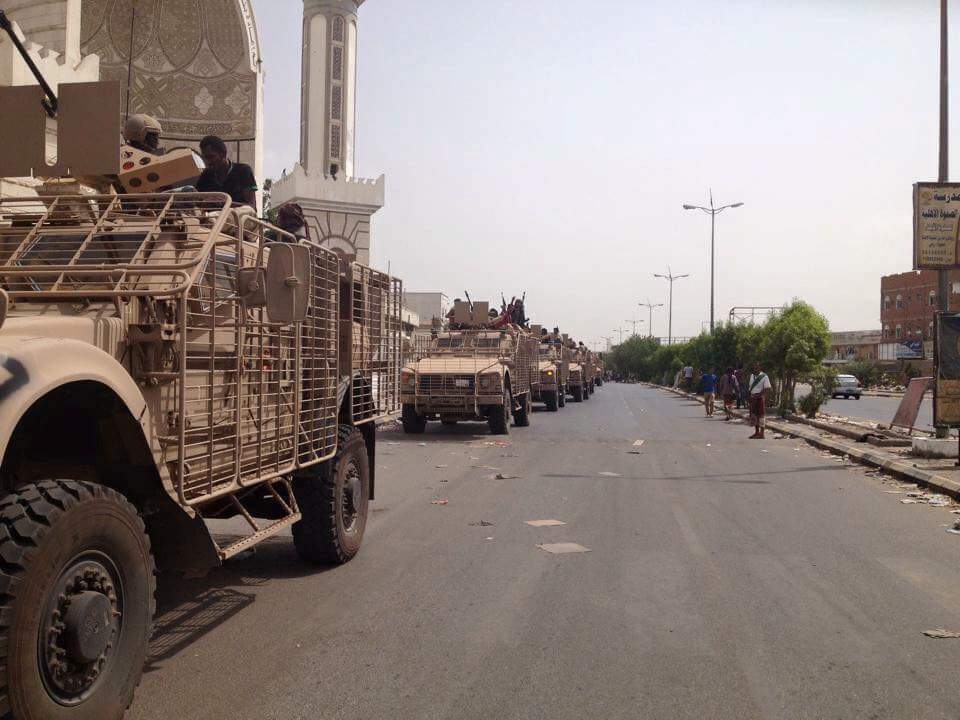


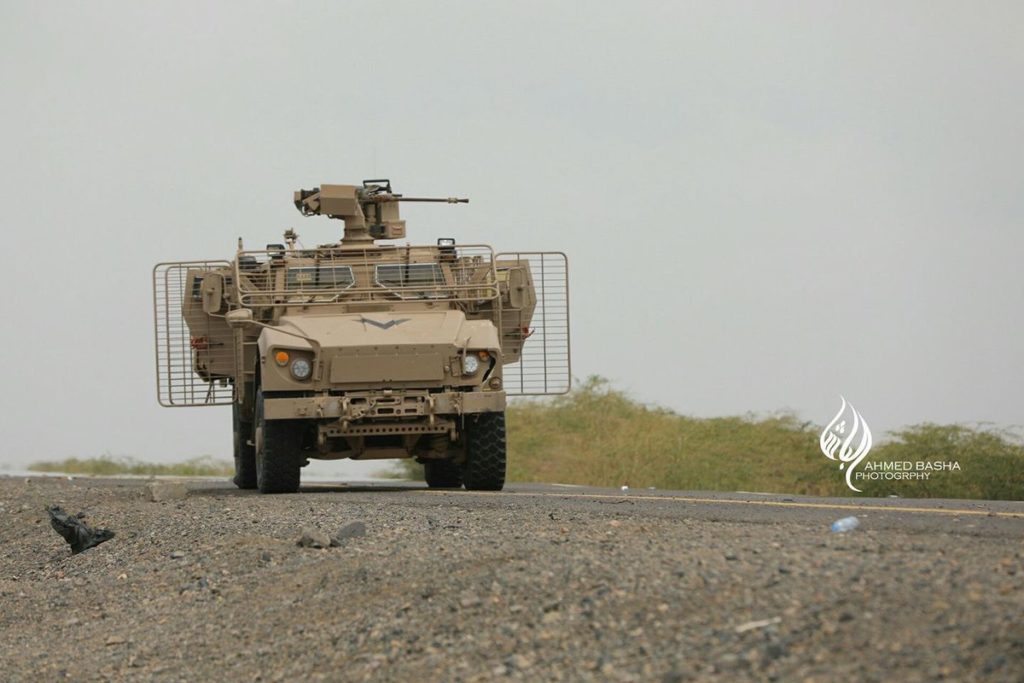

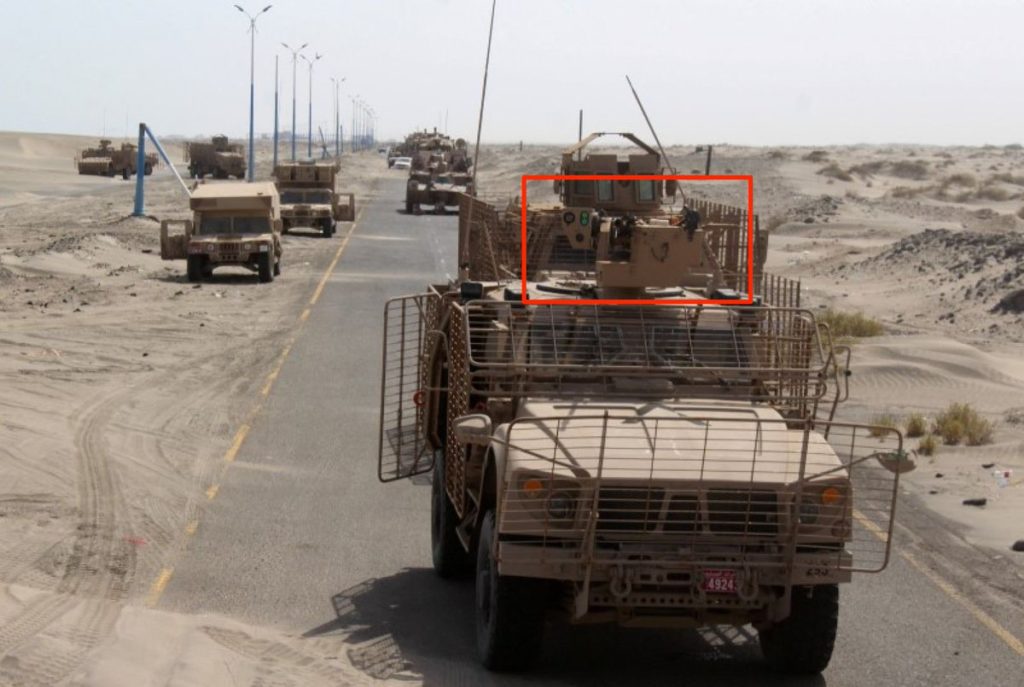


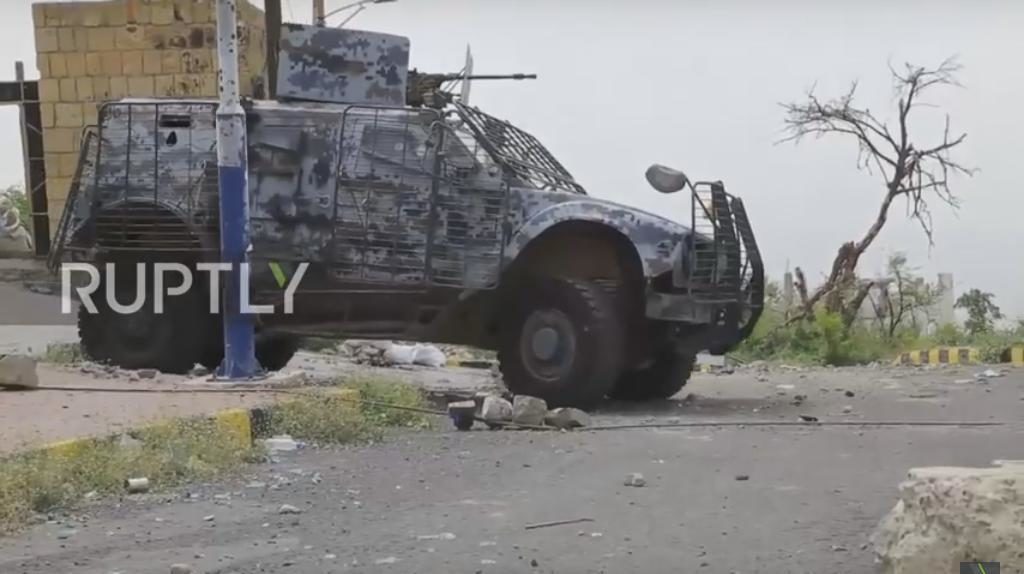

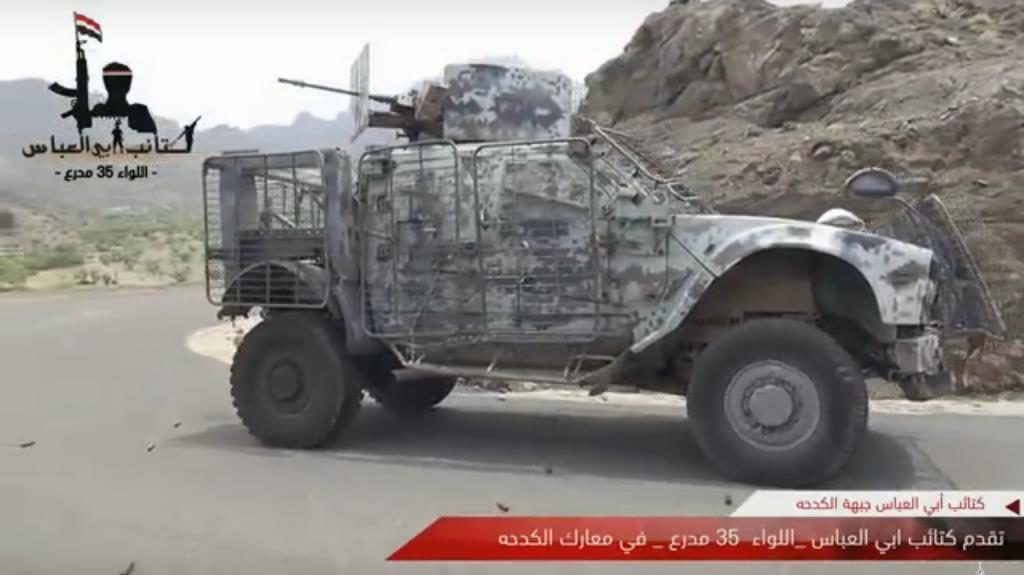
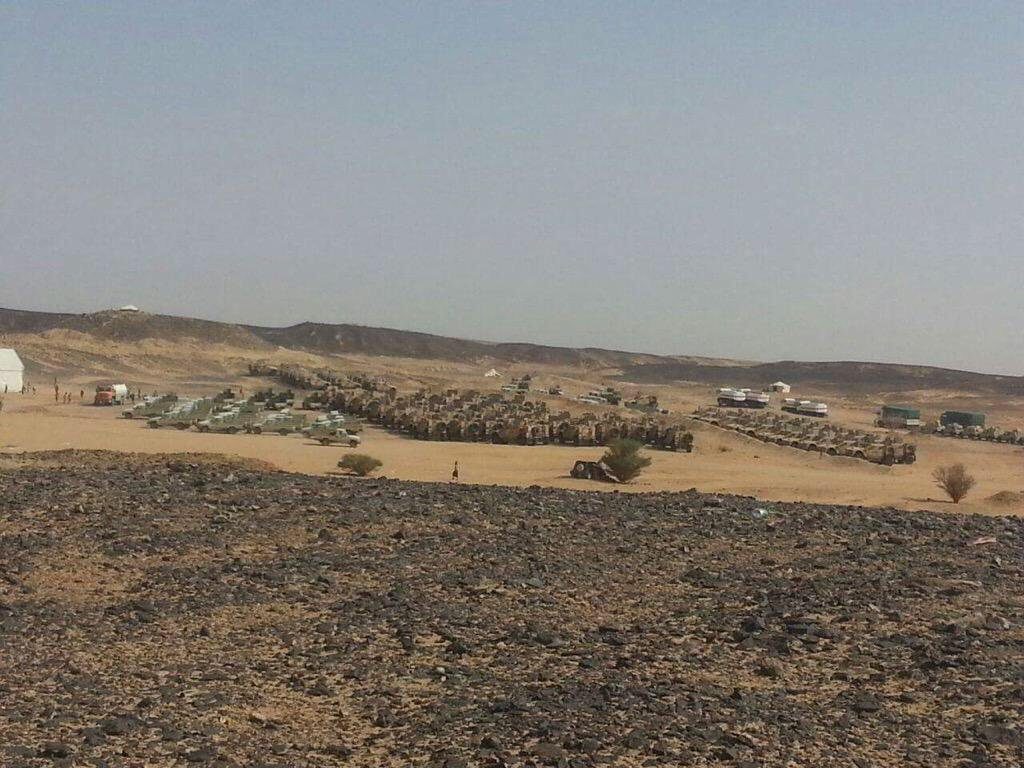





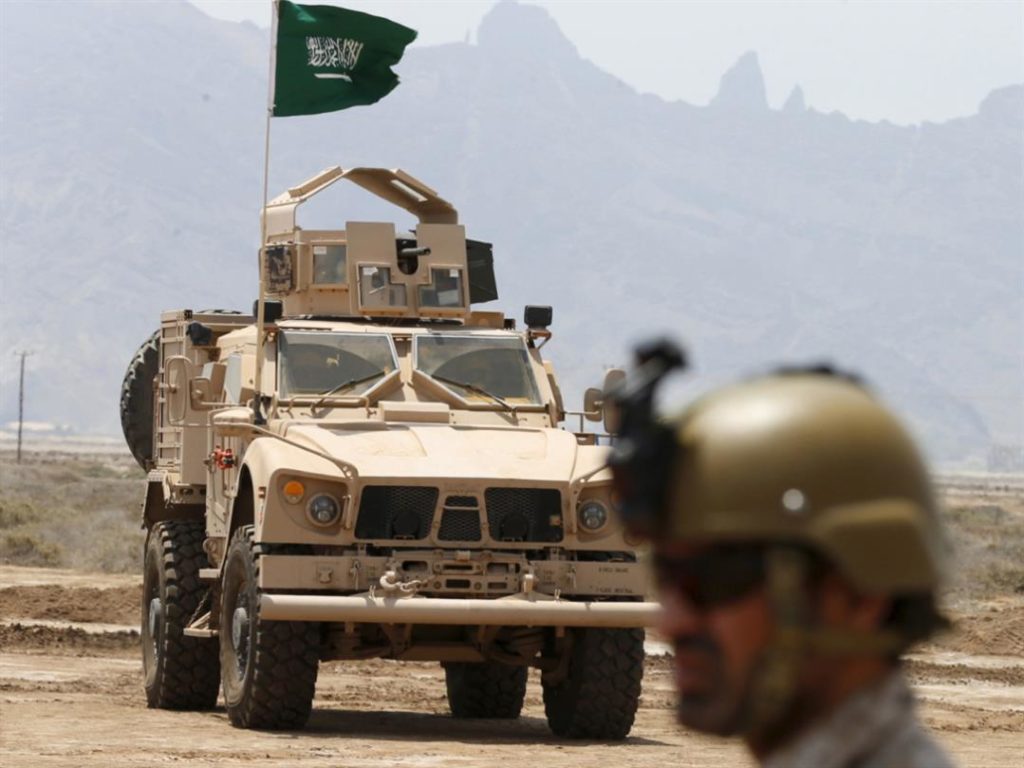

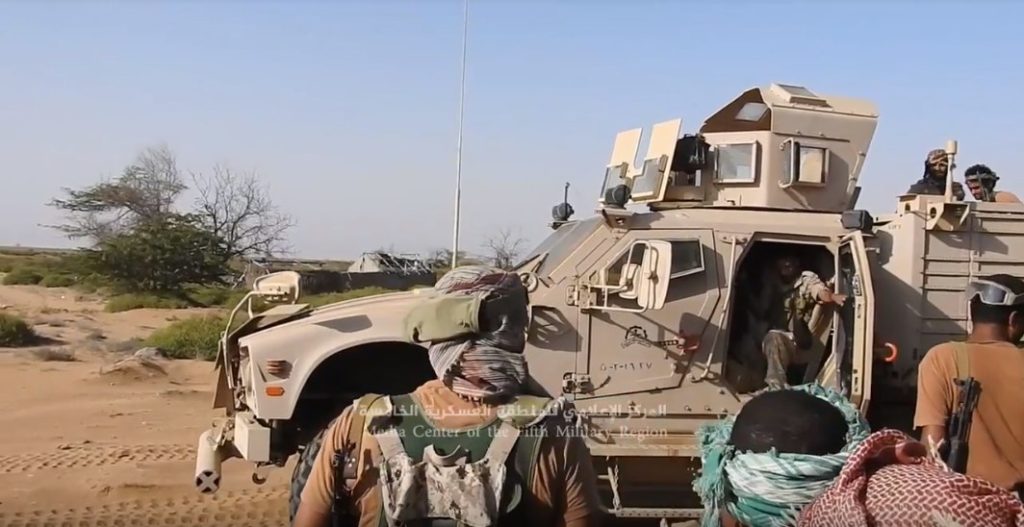
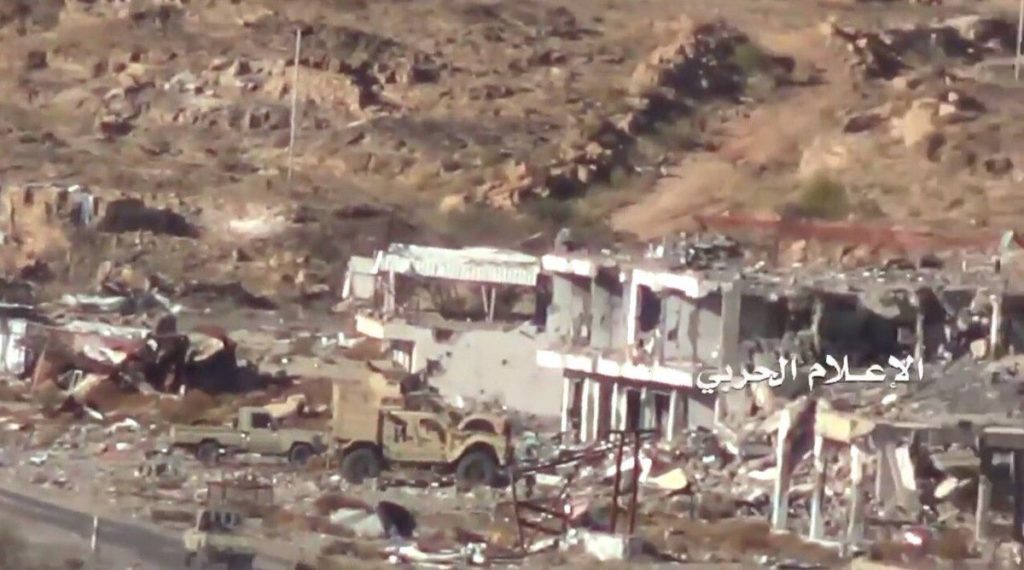

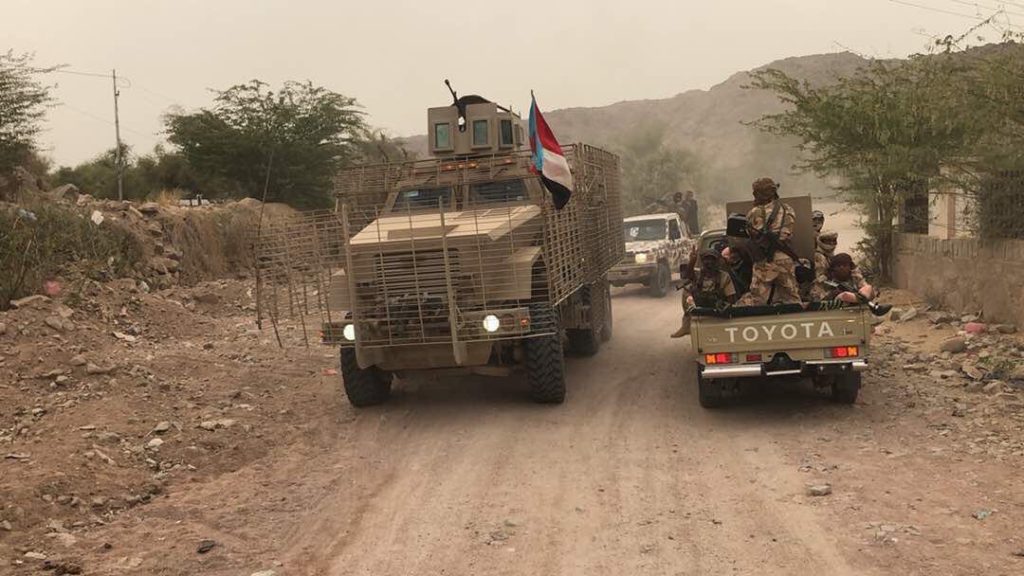

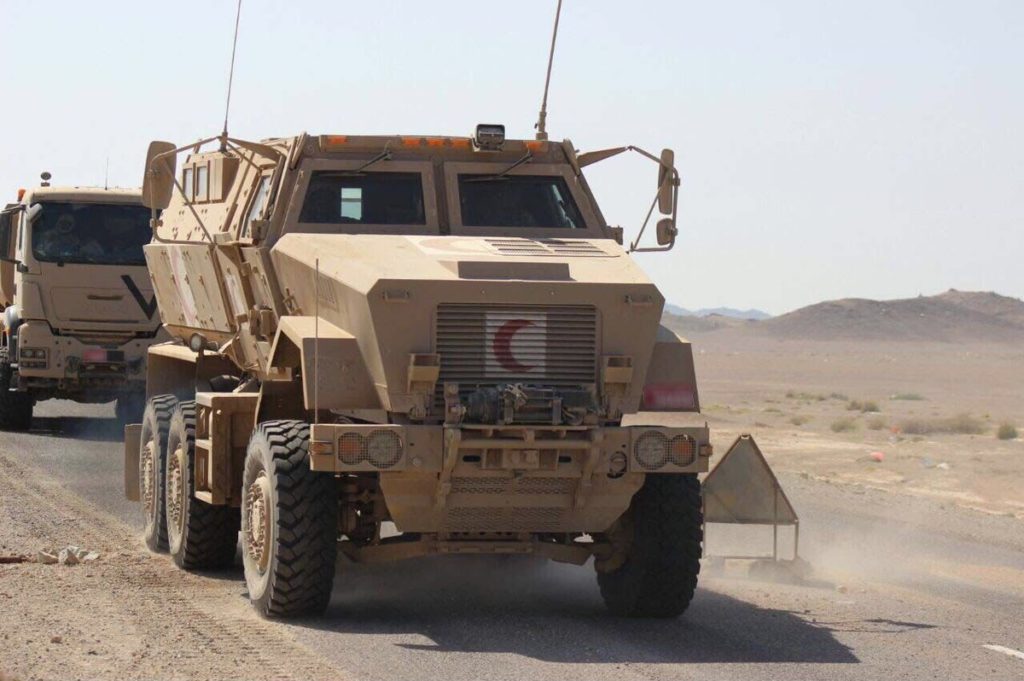

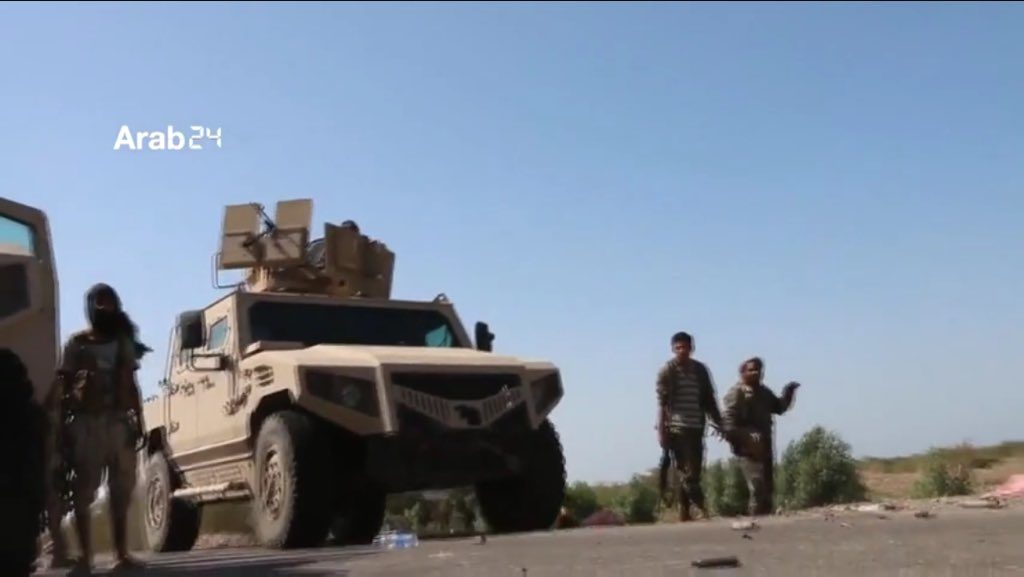
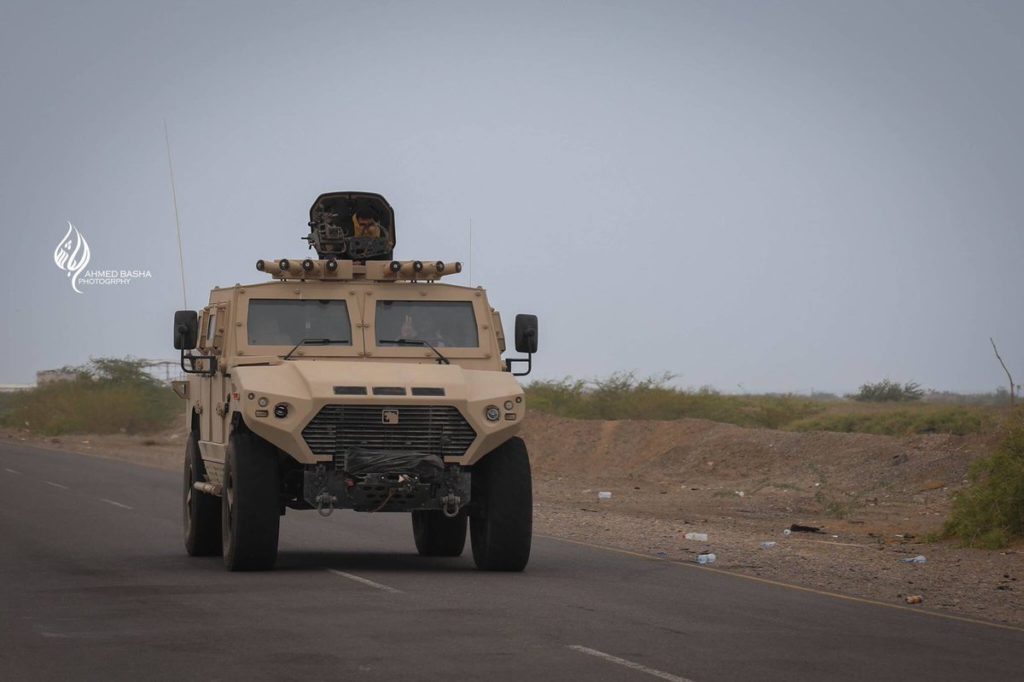


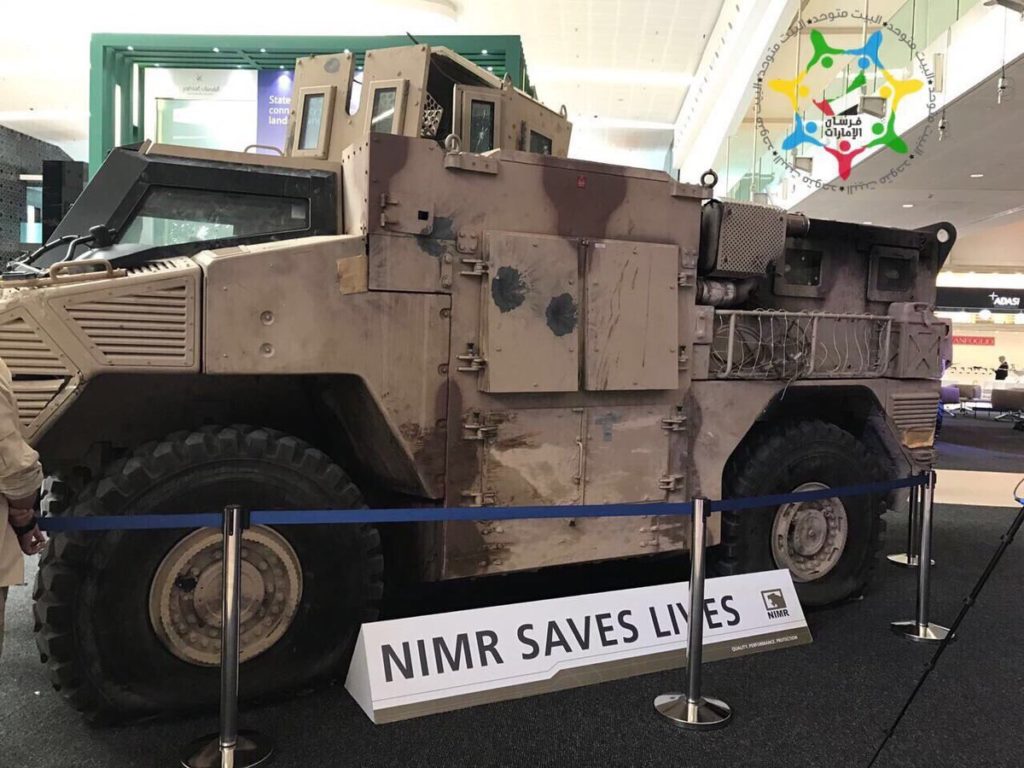
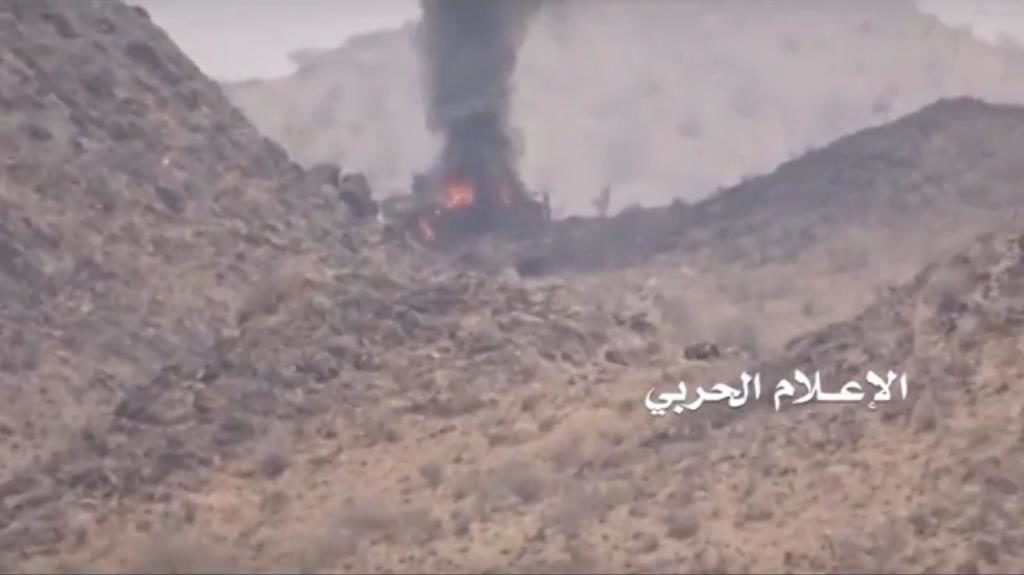

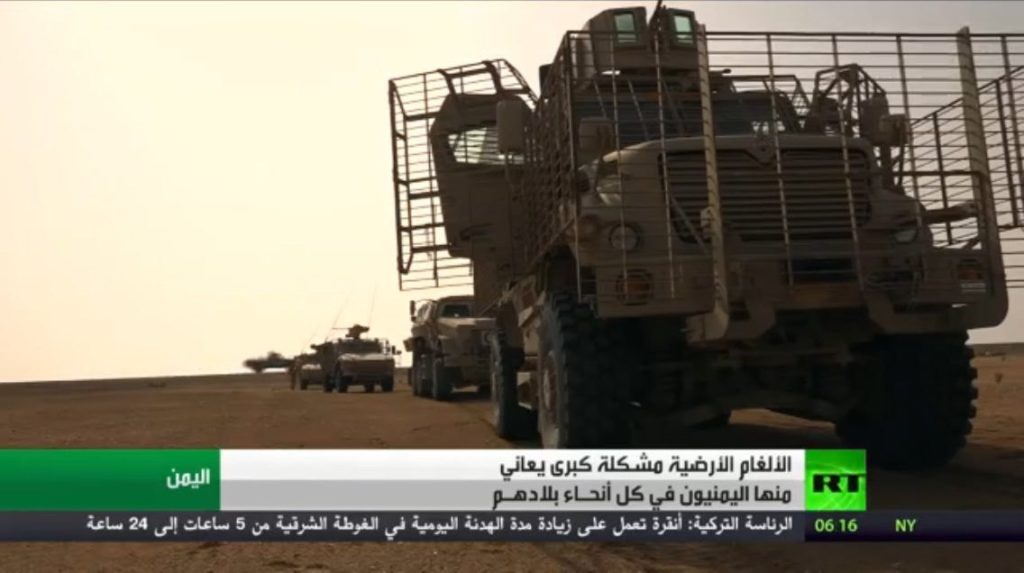


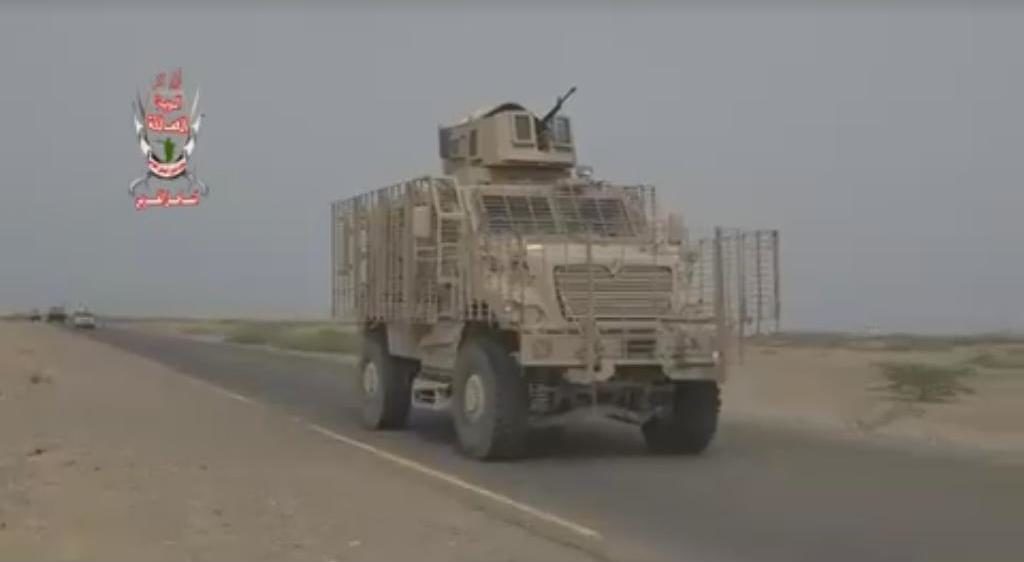

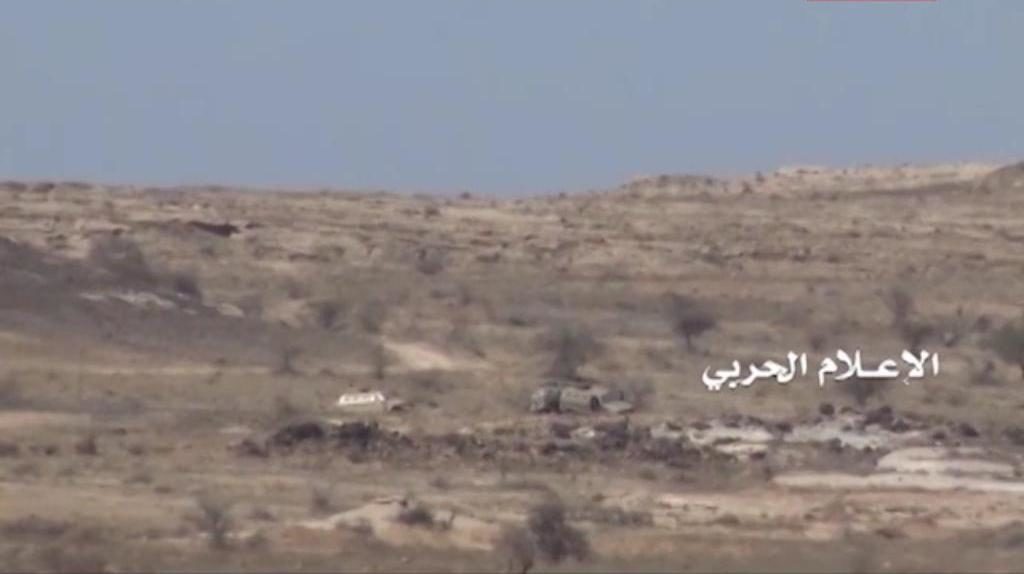


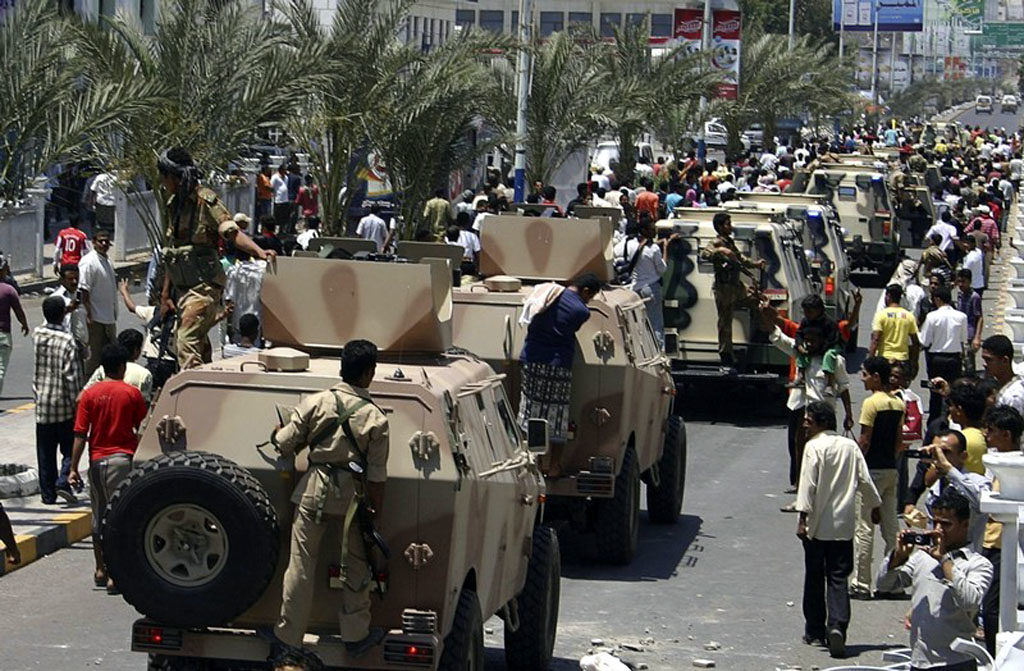
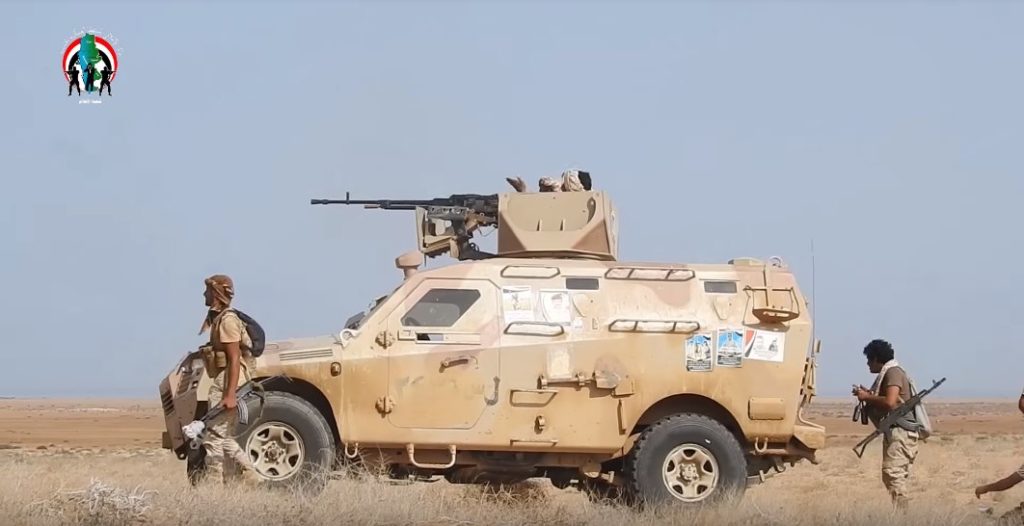




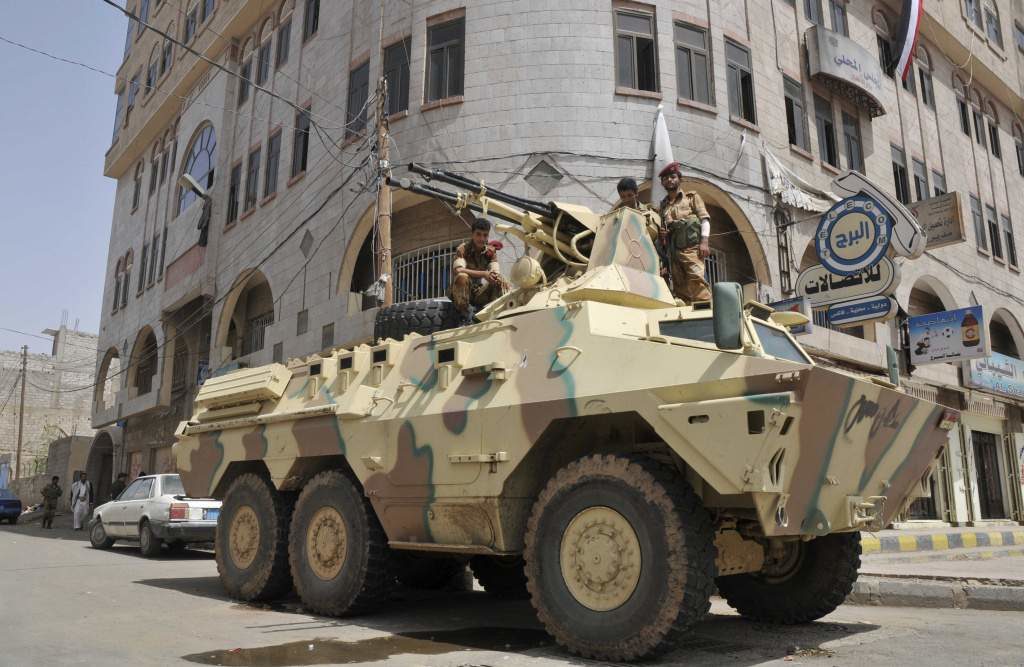

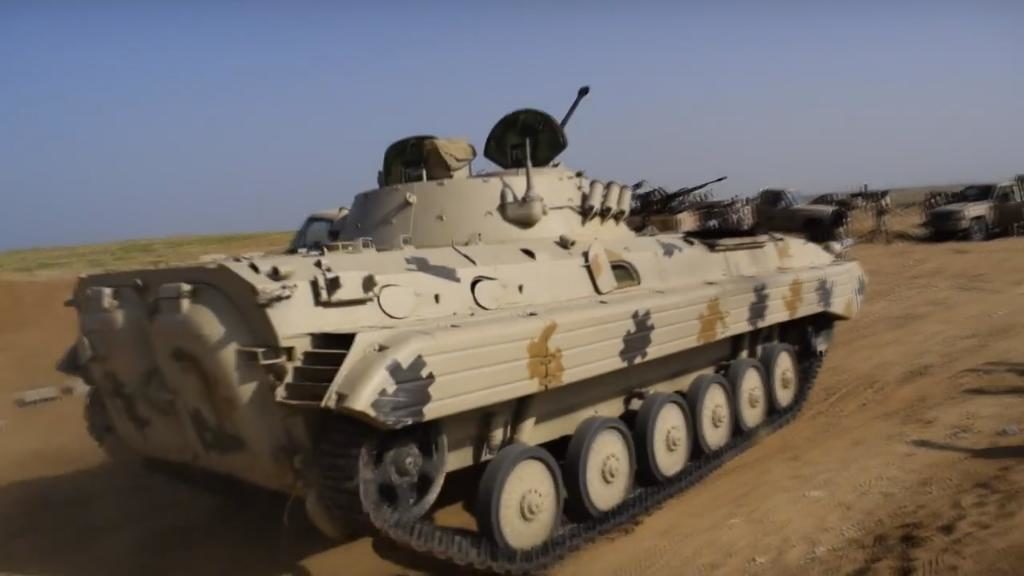


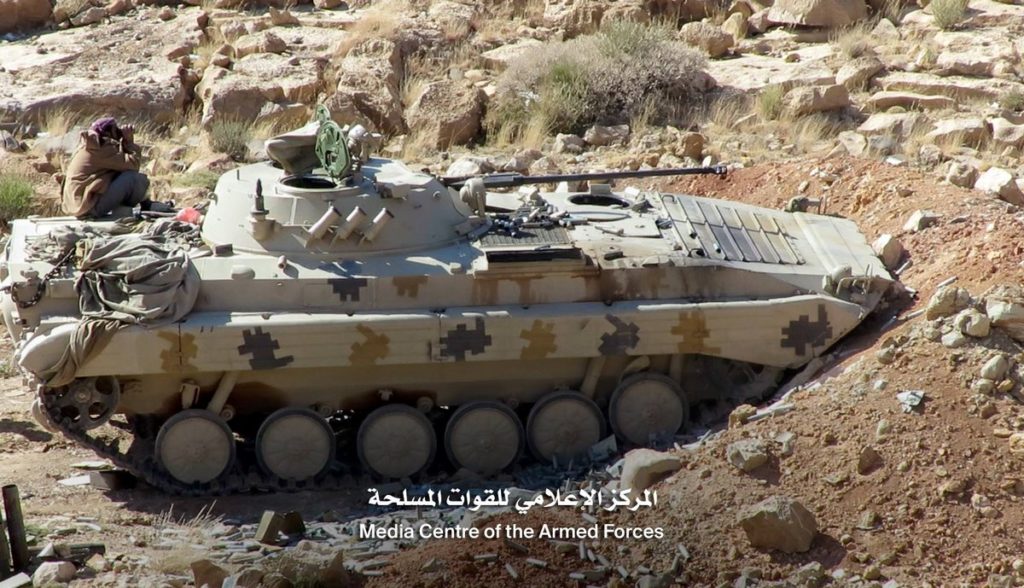


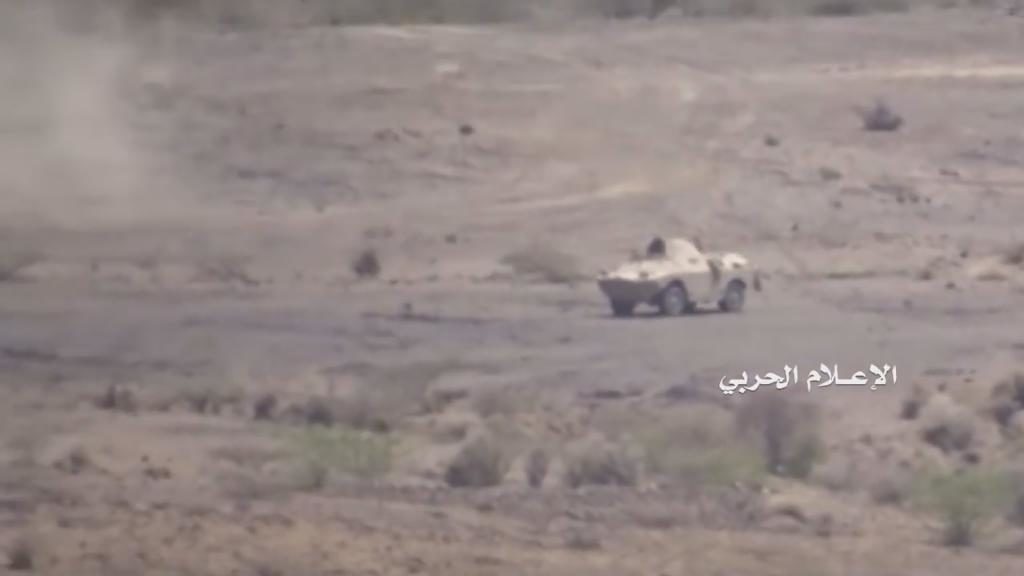
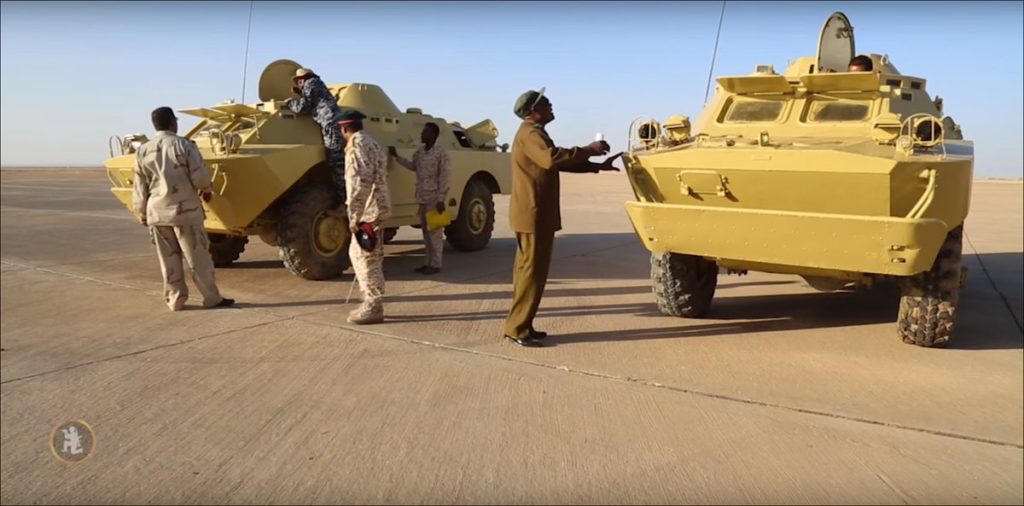










Strange to see the BRDM-2 amphibians sent to the desert.
The only thing strange is that the text mentions it, because it’s a standard feature on Soviet vehicles (including BMPs, where it is not mentioned).
For sea/ocean invasions there is a naval version of BMP-3 with added seaworthiness. :)
Wow, just take a look at the price tags, at least the ones which can be found with a simple search:
Oshkosh – 470,000+
BAE Caiman – $540,000
Nimr Ajban – $145,000+
Nimr JAIS – ?
MaxxPro – $550,000
Cougar – $475,000
Spartan – $260,000
Al Sgibl – ?
Pegaso – $265,000
Ratel IFV – $205,000-285,000
BMP-2 – $550,000
BRDM-2 – Starts as low as $8,000 for an old and rusty one.
Sarsar 1 – ?
… and they lose them like a German Shepherd blows it’s coat!
It is estimated that their aggression against Yemen have cost Saudis more than $100 billion. There’s no numbers about the price which Emiratis, the US and others paid and pay.
Still, these costs aren’t comparable to the heavy price the Yemenis pay with their lives for the Zionists’ plans.
No problems the Houthis will take all this shit out in fast time, they can just throw billions at these armored vehicles but 1 single Tow or Hornet Missile are very cheap and they are many amongst the Houthis.
Don’t know about TOWs, but I am pretty shure that they have zero Hornet missiles. ;)